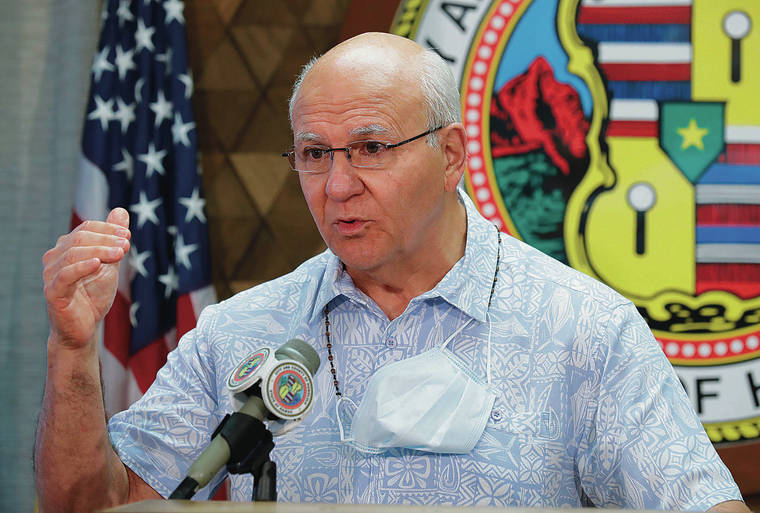Honolulu Mayor Rick Blangiardi has signed into law a measure that aims to increase affordable rental housing by offering financial grants to private developers.
The financial grants would be distributed to developers who rent to households earning below the annual area median income.
“The building up of affordable rentals, more so than ever before, is of extreme importance,” Blangiardi said Thursday.
“We have a shortage, but we have an even greater need. And we need to match that up.”
In Hawaii the area median income for one person is $71,100 and for a family of four is $101,600, according to the Hawaii Community Development Authority.
For developments renting to households above 60% of the average median income, the incentive would be $11.25 per square foot of living space in the building permit but would not exceed $9,000.
For developments renting to households below 60% of the average median income, the incentive would be $15 per square foot of living space in the building permit but would not exceed $15,000.
Although during the news conference Blangiardi said the housing must stay affordable permanently, an ordinance from last year limits it to 15 years.
The bill also limits the total amount of grant money offered from the program to $10 million.
Bill 1 is a continuation of another five-year affordable-housing pilot program that began in 2019 which offers incentives such as a 10-year property tax waiver and wastewater connections for affordable-housing developments.
Island Business Management’s Ryan Tanaka, who worked closely with Blangiardi and the Honolulu City Council on the measure, is working with clients to develop affordable housing based on those initiatives.
“We expect from Bill 1 a total of 30 buildings to develop over the next three years. And as (the) mayor has said, this will contribute 1,100 affordable housing units,” he said.
“Despite the significant development risk, the razor-thin margins … the escalating construction costs — we’re not putting luxury condominiums, but these are well-designed buildings. Each unit will have a full kitchen, full bath, a built-in washer-dryer, air conditioning and modern finishes.”
Eleven hundred affordable housing units would make a dent in the tens of thousands of new units needed to house Hawaii’s projected population, according to a 2019 report done by the Honolulu Department of Planning and Permitting.
Blangiardi explained that this measure was just the start to incentivizing affordable housing.
“We’re looking at a whole lot of different projects,” he said.
“We’re looking at the notion of Oahu where people live in communities. We’re looking across the board at a number of other projects for building affordable.”
Correction: An earlier version of this story said the developments built under the new ordinance would be permanently for affordable housing. However, an ordinance signed last year establishes a 15-year minimum.

